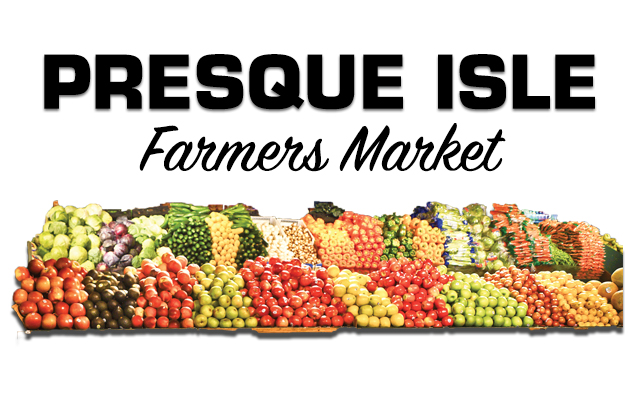Maple sugaring at Salmon Brook Valley and honey production at Delphinium Blue Farm have several things in common. Both depend on photosynthesis in plants to provide a sugar fix for human beings. Both have rush times during the year in which the entire labor force is “crazy-busy,” experiencing exhilaration and exhaustion in equal measures, and other periods of time when pausing to take a breath is not just doable, but advisable. Both generate a product nearly universally appreciated by customers who marvel over the color, the sweetness and the flavor.
However, noteworthy differences between the two operations include time of harvest. Through the summer, Delphinium Blue Farm bees fill stacks of honey supers. By mid-August, they are harvested by scraping honeycomb cappings with a specialized fork, spinning the frames with “girl-power” and bottling untreated, unheated, unadulterated raw honey, pollen and enzymes intact. Connolly’s maple syrup harvest reaches a fever pitch in February and March. At that time, the workload of beekeeper Anne Chase is reduced to mostly worrying and praying. She worries about efforts made the previous autumn to leave the bees in the best possible situation for winter survival.
The hives were reversed to put honey and pollen stores over the heads of a basketball-sized bee cluster. By mid-September, she insulated the hives and installed entrance reducers (mice push into dormant winter hives like they push into farmhouses and barns). With luck, her disease control efforts minimized Varroa destructor (a parasitic mite that sucks the “blood” of both adult bees and developing brood) and Nosema species (causes of a bee-version of winter dysentery).
This is where the praying comes in. In February, the hives are buried deep in snowdrifts. Hive manipulation potential is limited, especially while doing deep knee-bends from atop snowshoes or wallowing thigh-deep in half-shoveled drifts. The worker bees clustered around their queen quiver their flight muscles to generate heat. They burn calories like crazy all winter long, working their way upward through the stores left by their beekeeper. Maybe a couple of winter patties or some bee candy can be slipped in under the cover, but mostly, mere humans have released any semblance of control to the instincts of the bees to over-winter successfully.
Salmon Brook Valley is finishing up cleaning and storing sugarhouse equipment when an “off-season” sugar rush restarts at Delphinium Blue Farm. Those same longer, warmer days that drive sap up the trees melt snow off south-facing entrances on the hives. Honeybees begin to make exploratory forays. They can finally poop outside the hive (!) and forage from early budding trees and shrubs. While insectivorous comings and goings are greeted joyfully, the “dead-outs” are regretfully disassembled and removed. Remaining honey stores are given to survivors if needed or a second, early spring session with the extractor renders the farmhouse profoundly sticky once again.
Both honey and syrup are available at the Presque Isle Farmers Market at Riverside Park on Saturdays between 8:30 a.m. and 1 p.m. See you there.
The Presque Isle Farmers’ Market president for the 2018 season is Deena Albert-Parks of Chops Ahoy Farm in Woodland. For information about participating or visiting the market, contact her at hoctrainer@aol.com.







